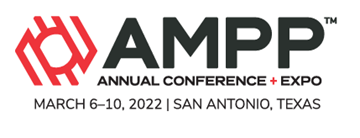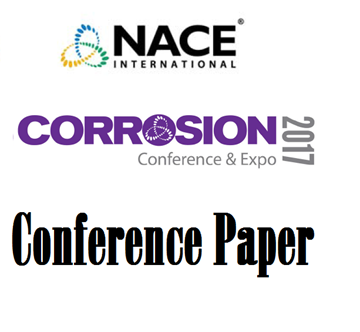Search
Individual Conference Papers
View as
Sort by
Display
per page
Precision Navigation For Hull Crawling Robots - Efficient Robots For Automated Grooming
Product Number:
51322-17660-SG
Publication Date:
2022
$20.00
Precursor Evolution and SCC Initiation of Cold-Worked Alloy 690 in Simulated PWR Primary Water
Product Number:
51317--9475-SG
ISBN:
9475 2017 CP
Publication Date:
2017
$20.00
Predictability of Computational Fluid Dynamics for Solid Particle Erosion of 90° Stainless-Steel Elbows in Various Erosive Environments
Product Number:
51324-20886-SG
Publication Date:
2024
$40.00
Predicting Accumulated Galvanic Corrosion Damage Using A Service Life Model
Product Number:
51319-13292-SG
Publication Date:
2019
$20.00
Predicting Atmospheric Galvanic Corrosion Of Aluminum Alloy By Combining Electrochemical Techniques And Accelerated Laboratory Corrosion Tests
Product Number:
51322-18163-SG
Publication Date:
2022
$20.00
Predicting Corrosion of Successive Feeds in Distilling Units - An Experimental Approach
Product Number:
51324-20668-SG
Publication Date:
2024
$40.00
Predicting Corrosion Severity of Pipeline Steels in Supercritical CO2 Environments Using Supervised Machine Learning
Product Number:
51324-20803-SG
Publication Date:
2024
$40.00
Predicting Hot Oil Corrosion: A Framework for Quantifying Reactive Organic Sulfur Compounds in Crude Unit Process Streams
Product Number:
51323-19105-SG
Publication Date:
2023
$20.00
Predicting Long-Term Exposure Performance of Galvanized Rebar Based on Artificial Intelligence and Electrochemical Methods
Product Number:
51324-21166-SG
Publication Date:
2024
$40.00
Predicting the Enhanced Effects of Coating Deterioration in Marine Environments
Product Number:
51323-19341-SG
Publication Date:
2023
$20.00
Predicting the Impact of Metallic Coating and Paint Degradation on the Corrosion of F-18 Airframes
Product Number:
51315-5956-SG
ISBN:
5956 2015 CP
Publication Date:
2015
$20.00
Prediction and Assessment of Ammonium Bisulfide Corrosion Under Refinery Service Conditions - Part 3
Product Number:
51317--8929-SG
ISBN:
8929 2017 CP
Publication Date:
2017
$20.00












